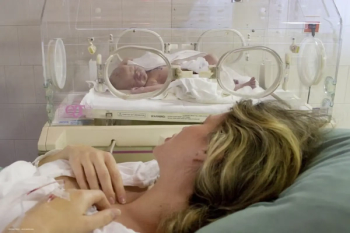
Xibrom 0.09% and 0.18% formulations "nearly identical"
A clinical trial of Xibrom (bromfenac sodium ophthalmic solution; ISTA Pharmaceuticals) has demonstrated equivalence of end-point achievement between the 0.18% and the 0.09% formulations, according to topline results published by ISTA Pharmaceuticals.
A clinical trial of Xibrom (bromfenac sodium ophthalmic solution; ISTA Pharmaceuticals) has demonstrated equivalence of end-point achievement between the 0.18% and the 0.09% formulations, according to topline results published by ISTA Pharmaceuticals.
The trial - conducted by ISTA in conjunction with the company's new drug application (NDA) for Xibrom QD (once-daily), submitted to the FDA in December 2007 - measured post-surgical absence of ocular inflammation. The 0.18% formulation is a new formulation of ISTA's ocular, non-steroidal anti-inflammatory agent (NSAID), FDA-approved in 2005 as a twice-daily treatment for inflammation and reduction of pain following cataract surgery.
The trial demonstrated nearly identical performance between the two formulations, suggesting that the 0.09% formulation may be closer to the peak of the dose-response curve than ISTA had previously suspected.
Following the study, the United States Attorney's Office of Buffalo (NY) has issued ISTA with a subpoena requesting documentation relating to promotional, educational and other activities concerning Xibrom 0.09%. ISTA has announced that it will co-operate fully with the subpoena, and will now discuss the implications of these results, including the possibility of changing the label of Xibrom 0.09% to once-daily, with the FDA.
As well as demonstrating equivalence between formulations of absence of ocular inflammation 15 days post-surgery, the trial findings also demonstrated no statistically significant difference between formulations in eliminating ocular pain and reducing inflammation. Both formulations were associated with a low incidence of adverse events.
Newsletter
Get the essential updates shaping the future of pharma manufacturing and compliance—subscribe today to Pharmaceutical Technology and never miss a breakthrough.













































